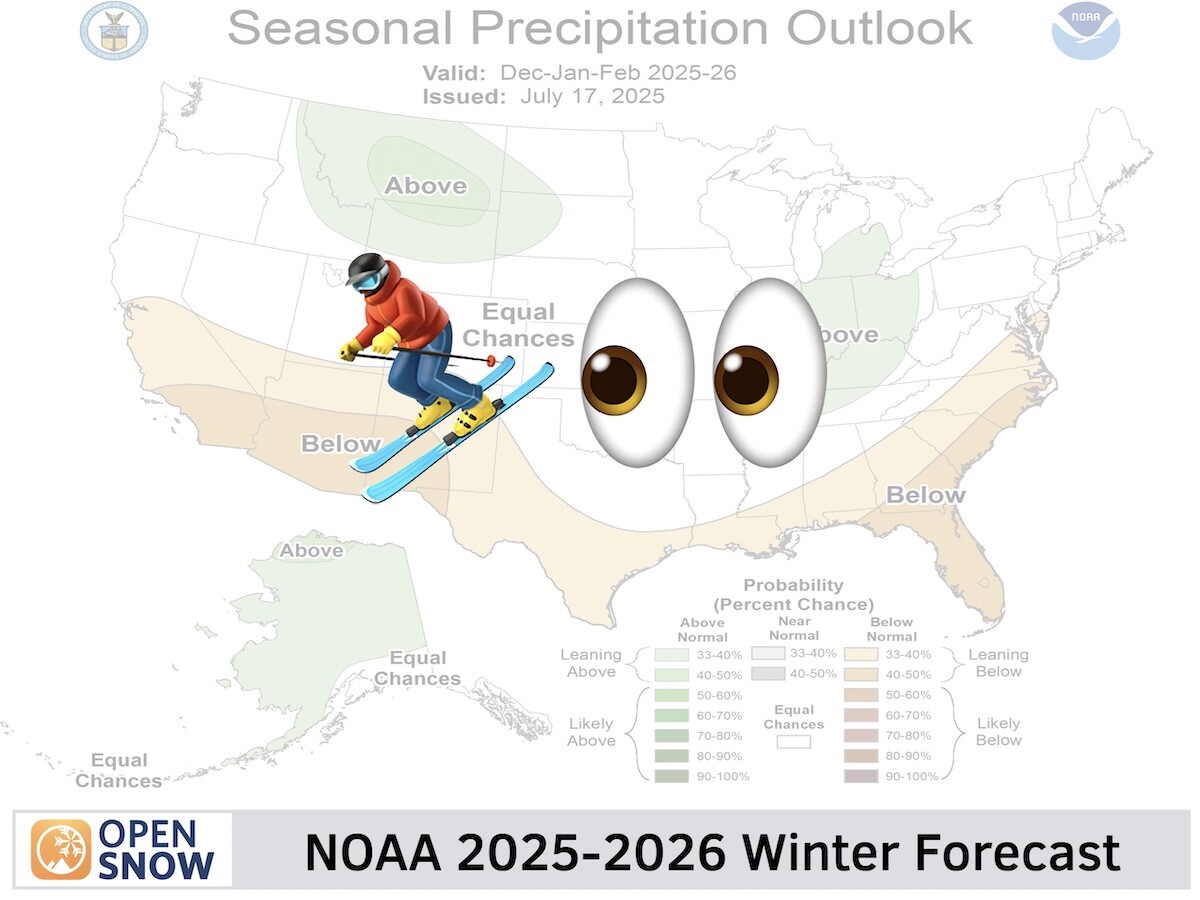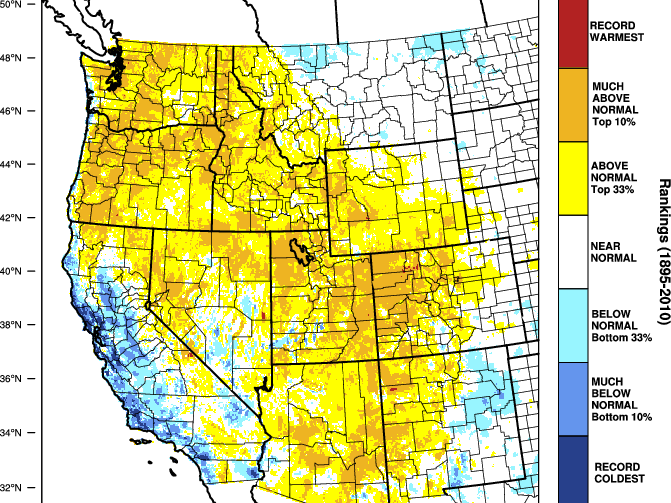News

By Zach Butler, Meteorologist Updated 1 year ago March 26, 2024
Types of Solar Eclipses
Did you know there are four types of solar eclipses and each has a different effect on the view of the Sun and Moon from Earth? Depending on how the Moon passes between the Sun and Earth, there will be a shadow cast that can either fully or partially block the Sun’s light.
Solar eclipses occur twice a year as the Earth and Moon rotate around the Sun.
The four types of eclipses are...
- Total
- Annular
- Partial
- Hybrid.

Total Solar Eclipse
The total solar eclipse is what most of us think of when we think of a solar eclipse. The Moon completely passes between the Sun and Earth. If you are in the center of this path, the sky will darken and you can see the Sun's corona around the Moon.
The Sun's corona is the outer atmosphere of the Sun, which is usually obscured by the bright face of the Sun. It looks like wispy waves of light or fire.
The center of the path in a total eclipse is called the totality. The totality is the maximum phase of a total solar eclipse, during which the Moon completely covers the Sun's bright face.
- The totality can last a few seconds and up to 7.5 minutes
A total solar eclipse is the only type of solar eclipse where viewers can brielfy remove their eclipse glasses (which are not the same as regular sunglasses) when the Moon is completely blocking the Sun.

The Umbra is the dark shadow that experiences totality and the Penumbra is the lighter part of the shadow that experiences a partial solar eclipse.
Annular Solar Eclipse
The annular solar eclipse is when the Moon appears smaller than the Sun and does not completely cover the Sun, as in a total eclipse it does. The Moon does not completely cover the Sun in an annular eclipse because the Moon is at or near its farthest point from Earth.
During an annular solar eclipse, the Moon appears as a dark disk on top of a larger, bright disk, creating what looks like a ring around the Moon.
- The maximum during an annular solar eclipse can last a few seconds and up to 12 minutes
- The viewing of the Sun's outer edge during the maximum is called the "Ring of Fire"

Partial Solar Eclipse
A partial solar eclipse occurs when the Sun, Moon, and Earth are not perfectly lined up. Only a part of the Sun will appear covered by the Moon, giving it a crescent shape.
During a total or annular solar eclipse, people outside the area covered by the Moon’s inner shadow (totality) will see a partial solar eclipse.
If the Moon is covering less than 99% of the Sun, you are viewing a partial solar eclipse.
- A partial eclipse can last several hours
Hybrid Solar Eclipse
A hybrid solar eclipse is a combination of the total and annular eclipse. It occurs when the Moon is changing distances during the eclipse, such that a viewer will see different phases of the eclipse, caused by the Earth's curvature.
- A hybrid eclipse is when an annular eclipse can change to a total eclipse or vice versa
- A hybrid eclipse can last for a few seconds to a few minutes
A hybrid solar eclipse is rare and occurs roughly every 10 years because both the Moon's and the Sun's distance to Earth have to be just right.
Despite the rarity of a hybrid solar eclipse, they look like a total, annular, or partial eclipse, depending on the observer's location.

When will the next Eclipse Occur?
NASA has great information on eclipses.
See more details here, with a cool interactive map to change your view and location of the upcoming eclipses.
How to View an Eclipse
While during an annular, partial, and hybrid eclipse, the Moon will make it feel dark outside, looking at the Sun and Moon can cause eye injuries. The Sun is not completely covered, which means harmful radiation can damage your eyes.
During a total eclipse, the brief period of totality is the only time you do not need protective eyewear to view the eclipse. Specialized eclipse glasses or homemade eclipse glasses can allow you to view an eclipse safely without any damage.
Download the OpenSnow app and stay tuned to our forecasts for the latest weather updates.
Zach Butler
About The Author




